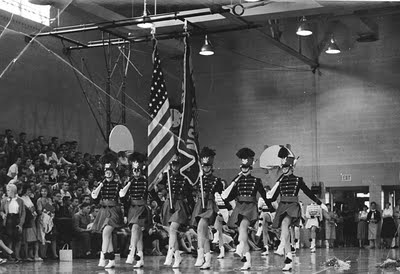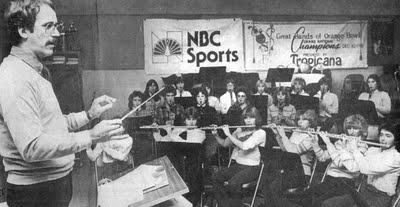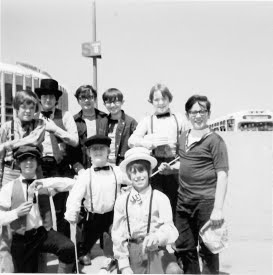By TONY Di DOMIZIO, staff WriterCall them the pre-SWAT.
Ray Navitsky, of The Villages, Fla., was a former cop with Lansdale Police in the 1960s and 1970s.
He was digging through a box of old photos one day and pulled out a relic.
It was a lineup of the former North Penn riot squad that existed for a brief time in the 1960s.
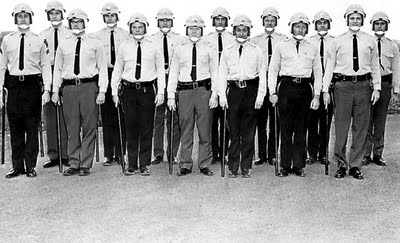
“Back when the riots started happening in Philly and all, they went to several departments (to make a riot squad). One was Montgomery Township and the others were Upper Gwynedd Township and Lansdale. I think three were involved.”
Walt Drusedum, who was a cop with the Lansdale Police from 1953 to 1981, remembered two riot squads comprised of officers from Towamencin and Hatfield as well.
“They started one, then they thought we needed another one,” he said. “Back then, there was trouble with the roofers union. When they were building the Valley Forge Convention Center, they set that on fire. The carpenter’s union was upset because (developer) Leon Altemose was using non-union people.
“We spent one morning on 202 on the roundhouse office building and spent the afternoon in Norristown with the carpenter’s union that was picketing around the courthouse. We were backup for the state police at that time.”
Drusedum is referencing a 1972 event when unionists attacked Altemose’s building site at the convention center. They destroyed $400,000 worth of equipment and materials in an organized attack that police on site were helpless to stop.
A judge banned pickets within a mile of any Altemose project, leading to protests by unionists who marched from Plymouth Meeting to Norristown and back, according to a state Crime Commission report.
Altemose died at age 68 in April 2008 from multiple sclerosis.
“That was the only duty we did,” said Navitsky. “We did a little bit of training as far as making a ‘V’ and push the crowd back. There was never any trouble in Lansdale or Montgomeryville.”
Navitsky remembered patrolling Norristown during an 11 p.m. to 7 a.m. shift.
“We stood in the doorway of a business somewhere with a shotgun and watched the streets to see if anybody was breaking into stores at that time,” he said. “It was a pretty quiet night for us.”
He fondly remembered the existence of the riot squad was during a time when “everybody was rioting.”
“At the time, down in Philly, Frank Rizzo was the police chief down there. He had pretty well control of those things,” Navitsky said. “He had seen a lot of movies of the riots in California and he wasn’t going to take any crap. He told you, if people were looting stores and what have you, shoot them. He was pretty tough.”
Aside from backing up the state police, the local riot squads did a lot of training.
“It was just another precautionary measure with one’s call of duty,” Navitsky said. “We did do some formations and training on the old pistol range with sidearms, but that was about it.”
Drusedum said the squad would march over and practice in Towamencin near Christopher Dock.
“The state police, one time, took us up to Graterford for tear gas training to see what it feels like,” he said. “We were outside the prison in one of the fields and they wouldn’t give us any masks. They shot some off, and everybody started running through it. When we got to almost down to where we were clear of it, there was this snake going faster than the rest of us.”
Navitsky said he doesn’t remember the squad ever officially breaking up.
“It was there for about two years, and sort of faded away,” he said. “Today, I guess they call it the SWAT team.”
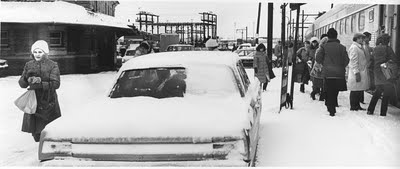
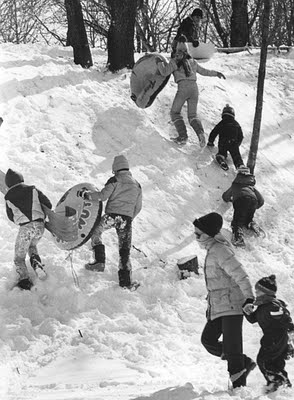
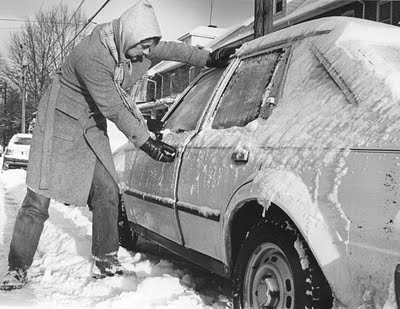
 RSS
RSS

